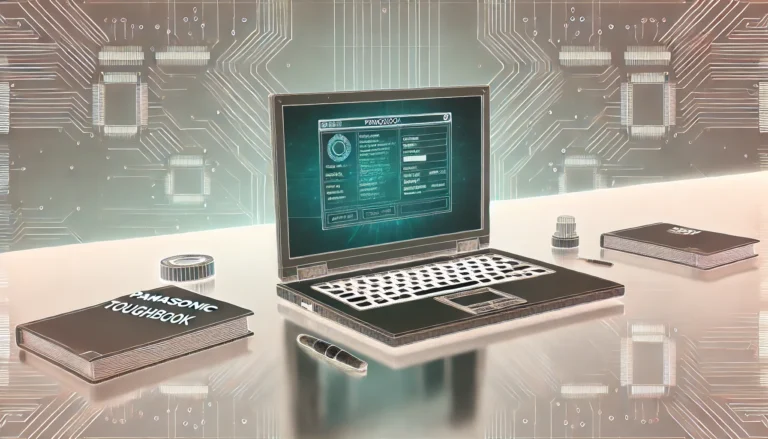
When you think about public Christmas light displays, it’s easy to get caught up in the beauty and joy they bring. But for many people, these displays come with barriers, especially for those with disabilities. Accessibility is more than just ramps and parking spots. It’s about creating a festive experience that everyone can enjoy, regardless of their abilities. Here’s what you should know about accessibility considerations for holiday light displays.
Importance of Accessibility in Holiday Displays
Accessibility isn’t something that should be thought of after the display is up. It’s important from the start. According to the Americans with Disabilities Act (ADA), public spaces are required to be accessible to everyone, including those with mobility issues, vision impairments, or cognitive disabilities. This includes ensuring public holiday displays are accessible too.
A report from the CDC mentions that 1 in 4 U.S. adults live with a disability. That means a quarter of potential visitors to your Christmas light show may face difficulties enjoying it if certain measures aren’t taken. Something as simple as uneven ground can be an obstacle.
Designing Accessible Pathways
Accessible pathways are the foundation. Uneven ground, snow, or ice can be a huge hazard for people who use wheelchairs or walkers. Temporary rubber or plastic mats can help make paths smoother. The ADA recommends a pathway width of at least 36 inches for wheelchair access.
Lighting plays a role too. Pathways should be well-lit, but not overly bright, as too much lighting can cause issues for people with visual impairments. Using contrast between the path and its surroundings can also help people with low vision navigate more easily.
For larger public Christmas displays, you might consider providing seating areas at regular intervals. According to one online forum, offering seating every 50 feet or so can be helpful for people with limited stamina, ensuring everyone gets a chance to rest and still enjoy the show.
Signage and Information
When people with disabilities visit public spaces, they often rely on clear signage to help them navigate. This is crucial for Christmas light shows that cover large areas. Signs should be big enough, with bold, high-contrast fonts that are easy to read, even for someone with impaired vision. In some cases, providing information in braille can also be beneficial.
Adding audio guides or apps that give detailed descriptions of the display is another consideration. Voice guides allow individuals with vision impairments to appreciate the display through sound. You could use QR codes that link to audio descriptions for different sections of the display.
There are also options like touchable exhibits or sensory-friendly sections. According to an online discussion, sensory-friendly areas are a growing trend in large public events as they cater to people with autism or sensory processing disorders.
Accessible Parking and Transport
Parking can make or break the accessibility of any public event. Make sure to provide ample accessible parking spots close to the entrance of the display. The ADA has specific guidelines on the number of accessible spots depending on the total number of parking spaces. For example, a parking area with 100 spaces should have at least 4 accessible spots.
Additionally, shuttle services can help transport visitors from parking areas to the display entrance. Some sources recommend accessible shuttles with lifts for wheelchairs. Offering rideshare pickup areas that are accessible is another solution for people who may not be driving but are using services like Uber or Lyft.
Inclusivity Through Technology
Technology has come a long way in making public events more inclusive. Some displays now offer features like real-time captioning for any live performances or Christmas music played at the event. This can make the experience more inclusive for visitors who are deaf or hard of hearing.
There’s also the option of providing augmented reality apps that allow people to experience parts of the display from their homes or from a distance. This can be especially useful for individuals with severe mobility issues who may not be able to navigate large, crowded spaces.
For public Christmas displays, you can integrate assistive technologies like hearing loops or FM systems for individuals with hearing aids. This ensures they can hear announcements or music clearly, even in noisy environments.
Crowds and Quiet Zones
Crowds can be overwhelming for everyone, but they can be particularly stressful for people with anxiety, autism, or cognitive disabilities. Offering “quiet times” for visitors who prefer a less crowded experience is one way to help. Scheduling these times during off-peak hours, perhaps early in the morning or late in the evening, could make a huge difference.
Some sources suggest creating quiet zones or “calm areas” where visitors can step away from the noise and excitement to decompress. These zones should be easily accessible and marked on maps and signs so that visitors can find them when needed.
Emergency Procedures and Accessibility
Safety is key at any event, and emergency procedures need to be inclusive as well. Evacuation plans should take into account the needs of visitors with disabilities. Staff and volunteers should be trained to assist people with different types of disabilities, whether it’s helping someone in a wheelchair get to safety or guiding a person with low vision.
Communication during emergencies should also be accessible. Use multiple forms of communication, like text messages, PA announcements, and visual signals, to ensure everyone knows what’s happening and where to go.
Feedback from the Community
Lastly, one of the best ways to make sure your public Christmas light display is accessible is by getting feedback directly from people with disabilities. Consider setting up online surveys or providing feedback forms at the event. Listening to those who face these challenges daily can help you improve year after year.
As per government statistics, over 26% of the population could benefit from improved accessibility measures. Public events, including Christmas light displays, should reflect the diversity of their visitors by considering the wide range of needs.
In conclusion, by considering accessibility issues upfront, you can ensure your public Christmas display is welcoming to everyone, allowing people with disabilities to enjoy the holiday spirit just like everyone else.




